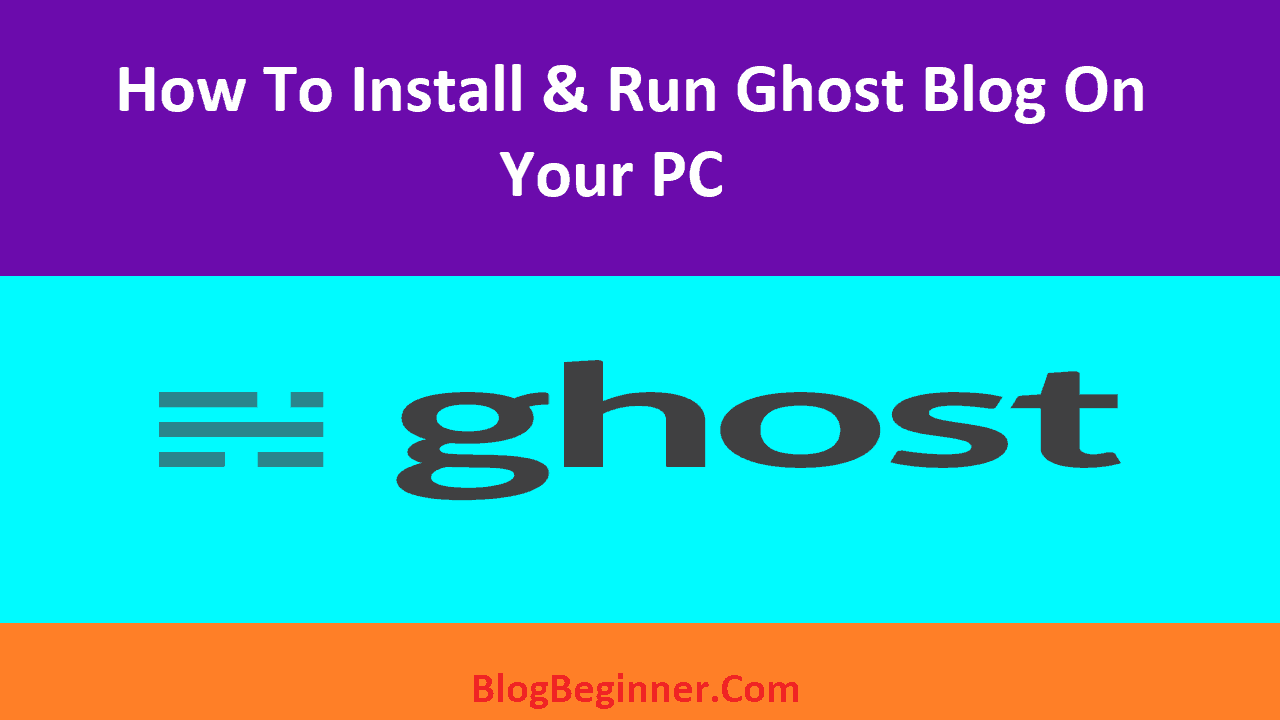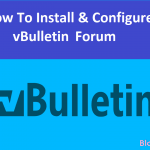Blogging is made simple with the myriad of free blogging platforms that are available today. There was once a time when WordPress was the only option for those looking to set up a blog without spending any money from their pocket.
But today WordPress has plenty of new features and is being used by more than just bloggers.
For those looking for a simple interface that is as convenient to work with as the other free blogging platforms Ghost is one of the recently talked about names.
This open source publishing platform is receiving a lot of attention and has managed several new bloggers set up their digital stage for writing their thoughts.
Blogging has risen to be one of the simplest and the fastest ways to get information across the internet.
With most other social media sites where you can write a post, there could be restrictions on the place where you can share the post or the size of the text that could be posted.
With blogging on the other hand you can write a text of any length and adorn it with pictures and videos of your choice.
Contents In Page
Choices for free blogging
There is so much hype about all the choices for free blogging because blogging is not just used by those who are looking for an additional income.
We see a rise in the number of academics who now blog and share valuable information.
There are numerous effects of such an increase in the blogging among the various professionals. One of the positives about blogging is that it helps people share their knowledge with those who do not have access to many educational resources.
Experience-based knowledge could also be shared through blogs and this is the kind of information that no textbooks talk about.
Getting back to our Ghost blogging platform, if you are new to using Ghost or if you have never used it before then here are a few tips that should help you get started.
To begin with, understanding that the Ghost is a platform built on Node.js and so installing a compatible version of this runtime environment is a prerequisite.
You would then need a package manager. With this, you are good to go.
Creating the runtime environment
Installing the JavaScript runtime environment is the first step to prepping your machine for Ghost. Visit the Node.js official website.
Based on the machine you own to choose the respective Windows or macOS installer for Node.js LTS. Remember to download the appropriate 32 bit or 64bit version when you install on a Windows PC.
Package manager
Ghost CLI should then be installed. This is where you can use either Yarn or NPM. Yarn is known to have one direct benefit over NPM and that is its speed.
Once the command line tool is installed then Ghost can be installed on the machine.
Install Ghost and get it running
To install Ghost you would need an empty directory. So start with creating an empty folder named Ghost.
The command line tool is then used to install Ghost. Use ghost local install
This would be followed by the installation process where you would see a list of tasks that run including the verification of the node.js version, folder permissions, memory availability, and others.
Once you see the “Ghost Local Install Success” prompt you can start using Ghost in your local machine.
The publication setup would be complete once you finish setting up the admin account on Ghost in the link displayed.
That’s it! You can then view the admin dashboard and start exploring all the good things you can do with Ghost.
What does Ghost offer?
Smooth editing options make Ghost one of the best customizable blogging platforms. And all of these editing features are offered on a simple interface that is easy to be used even for the first time bloggers.
On the whole, if you are looking for a fully manageable content management system that doesn’t require too much technical knowledge then Ghost is one of the most reliable solutions out there.
For bloggers who work in a collaborative environment with multiple authors contributing the posts and editors reworking on them, the addition of various roles is also allowed.
This makes it a great platform for the professional blogging atmosphere.
If you are a blogger who times you content at regular intervals in order to create that thrill of waiting in the audience then you would find the content scheduling option on Ghost to be a useful feature.
This helps avoid missed publications from causing a brief dip in your traffic.
Sharing is made simpler with Ghost. With the AMP (accelerated mobile page) support offered by Ghost, the ranking of your blog is guaranteed to be good. This increased visibility is enhanced by the ease of sharing the posts.
The fully managed ‘Platform as a Service’ or PaaS allows the ease of publishing content and managing them without any bottlenecks.
There is one striking difference between Ghost and the WordPress of today and that is its simplicity. Ghost is marketed rigorously as one of the simplest blogging tools out there.
Even if you have intense blogs with a lot of content in them including high-resolution images and other media you would still be able to easily manage your blog with Ghost.
All the simplicity that lies underneath is masked by the professional outcome of the blogs that are created on Ghost.
Have you installed Ghost on your computer?
If you are looking to explore the various options you get by tweaking a bit of local development then running Ghost on your local machine is one of the most straightforward ways to do it.
One thing you should remember, however, is that once Ghost is installed on the computer it is a slightly pesky background process.
Ghost stop command could be used to manually stop the process when required. And if you wish to start it again, a ghost start command is what you need.
You can use this option of local installation for even the simplest tasks like creating your customized themes.








